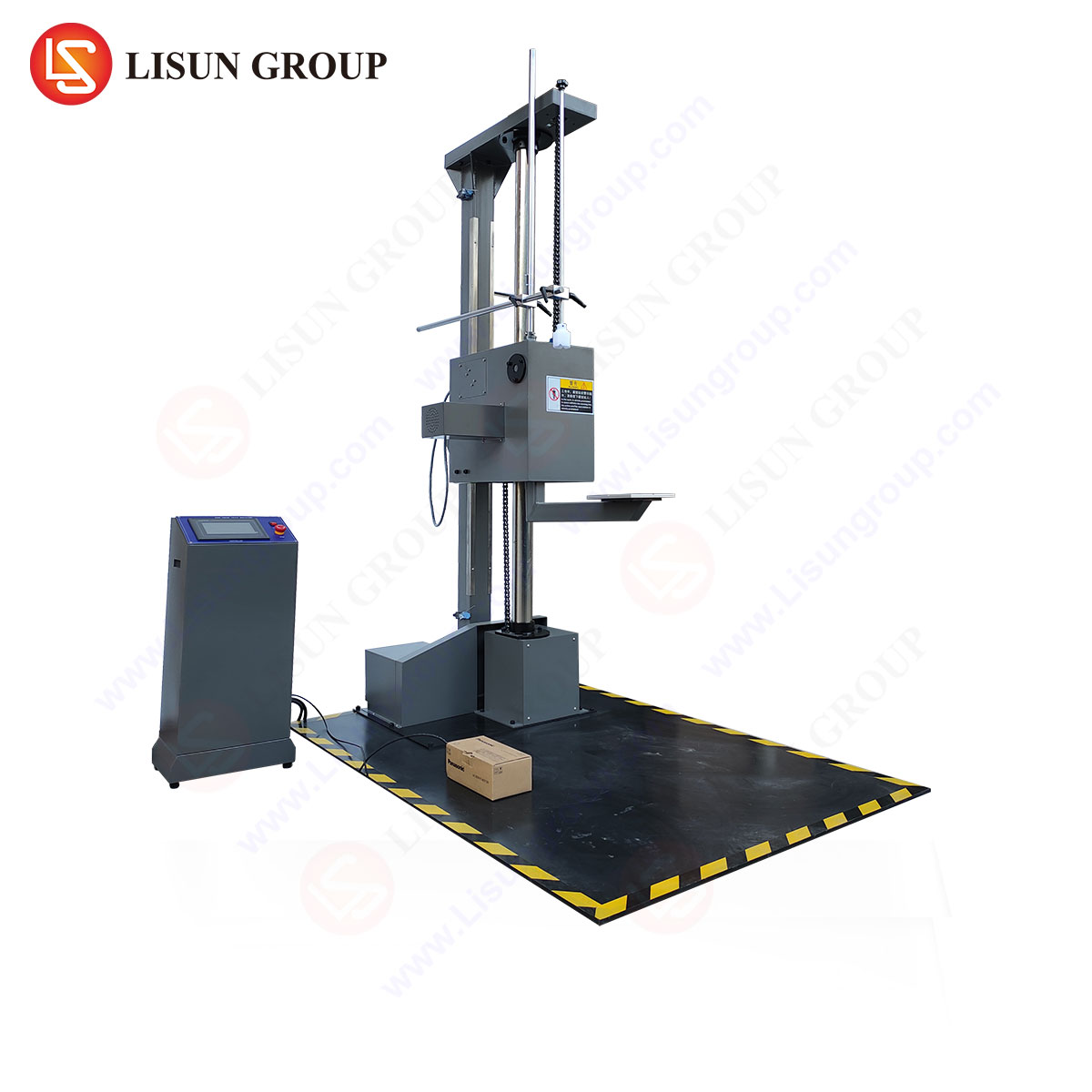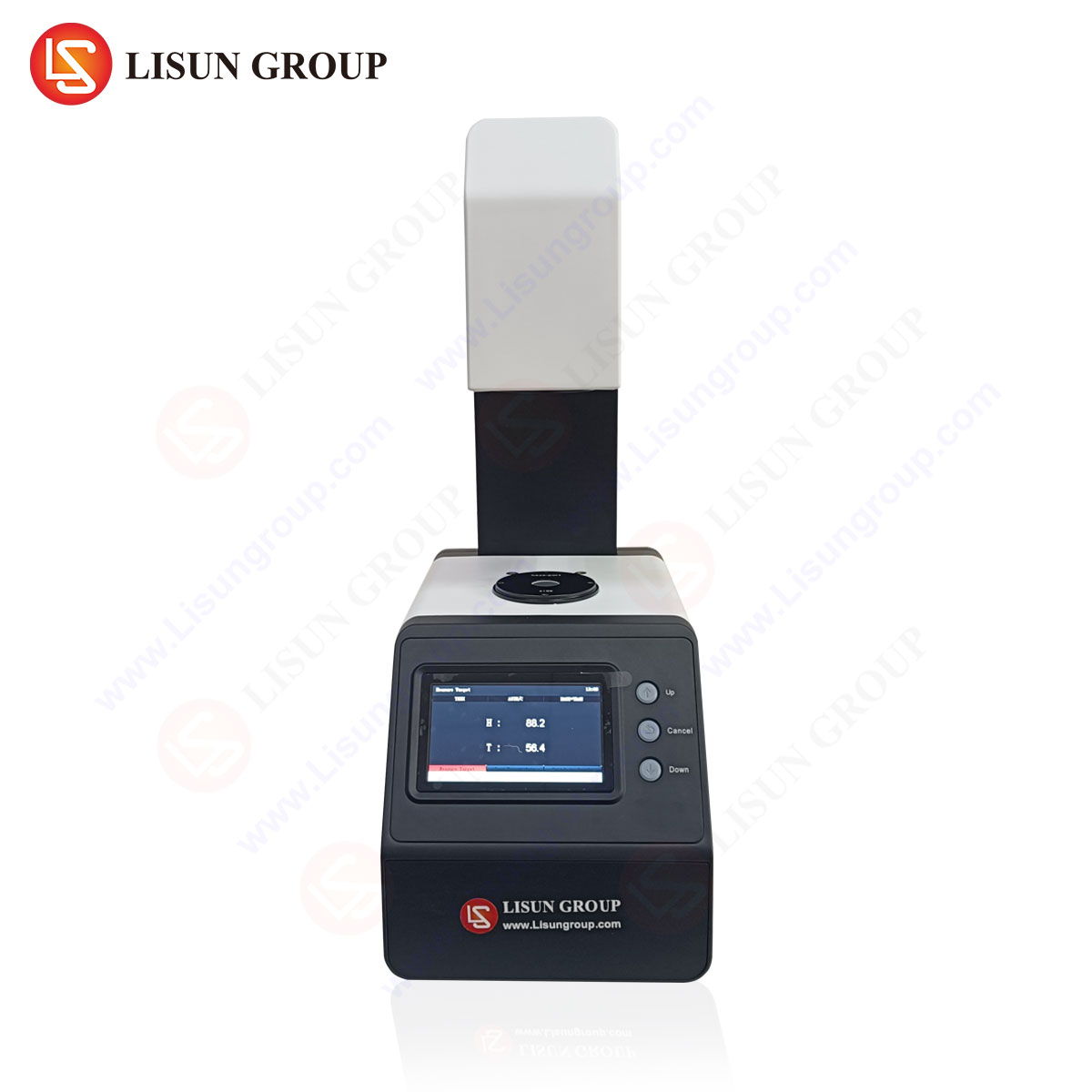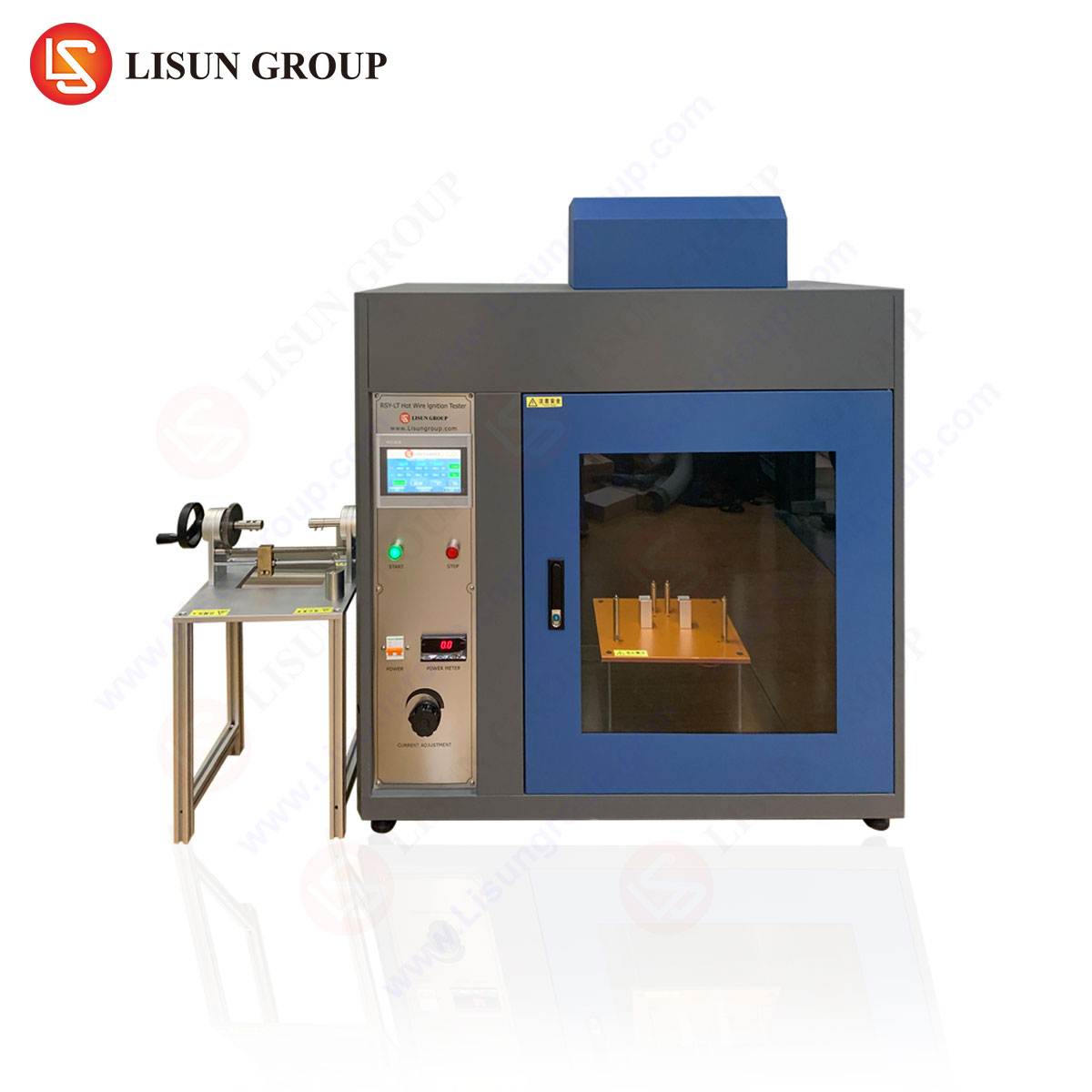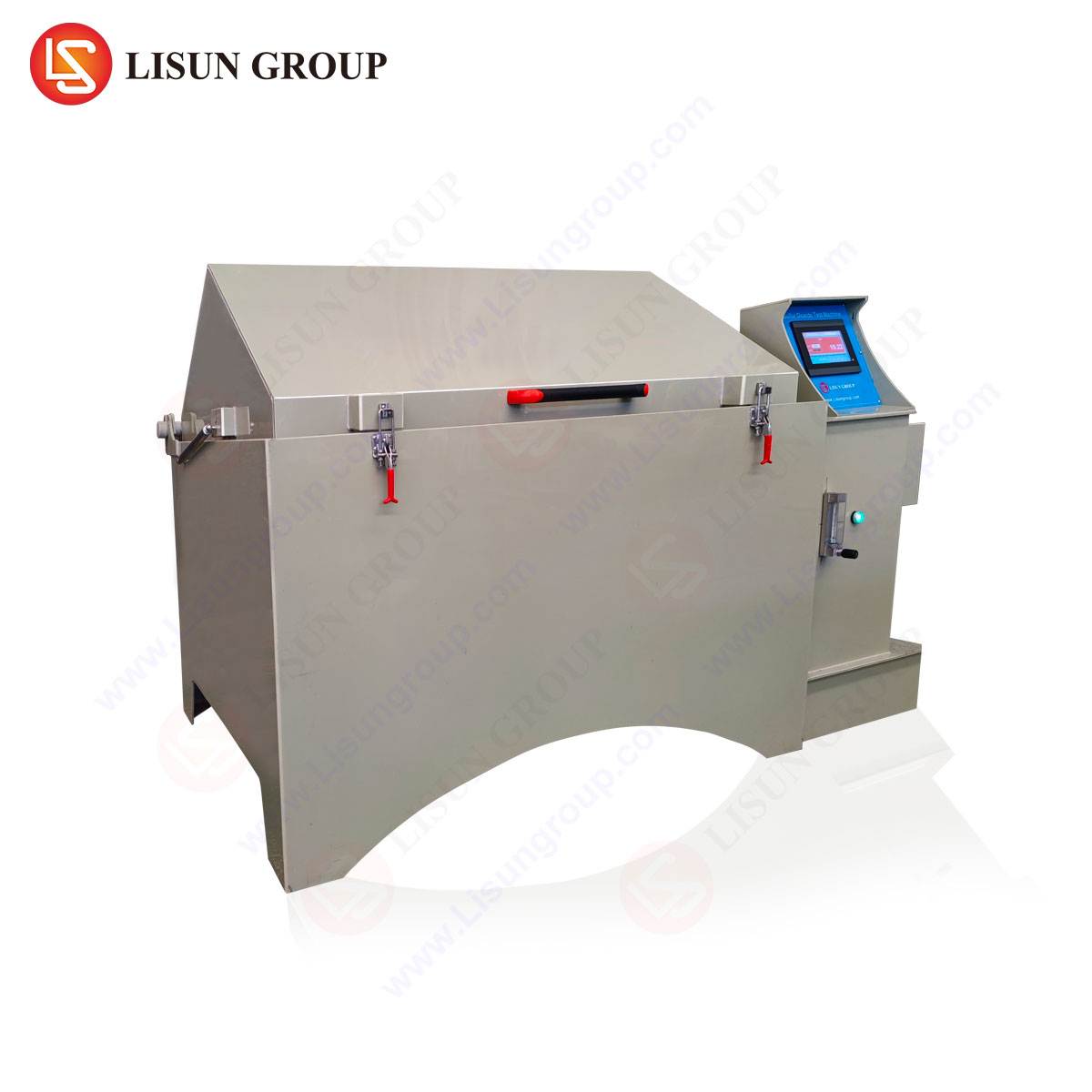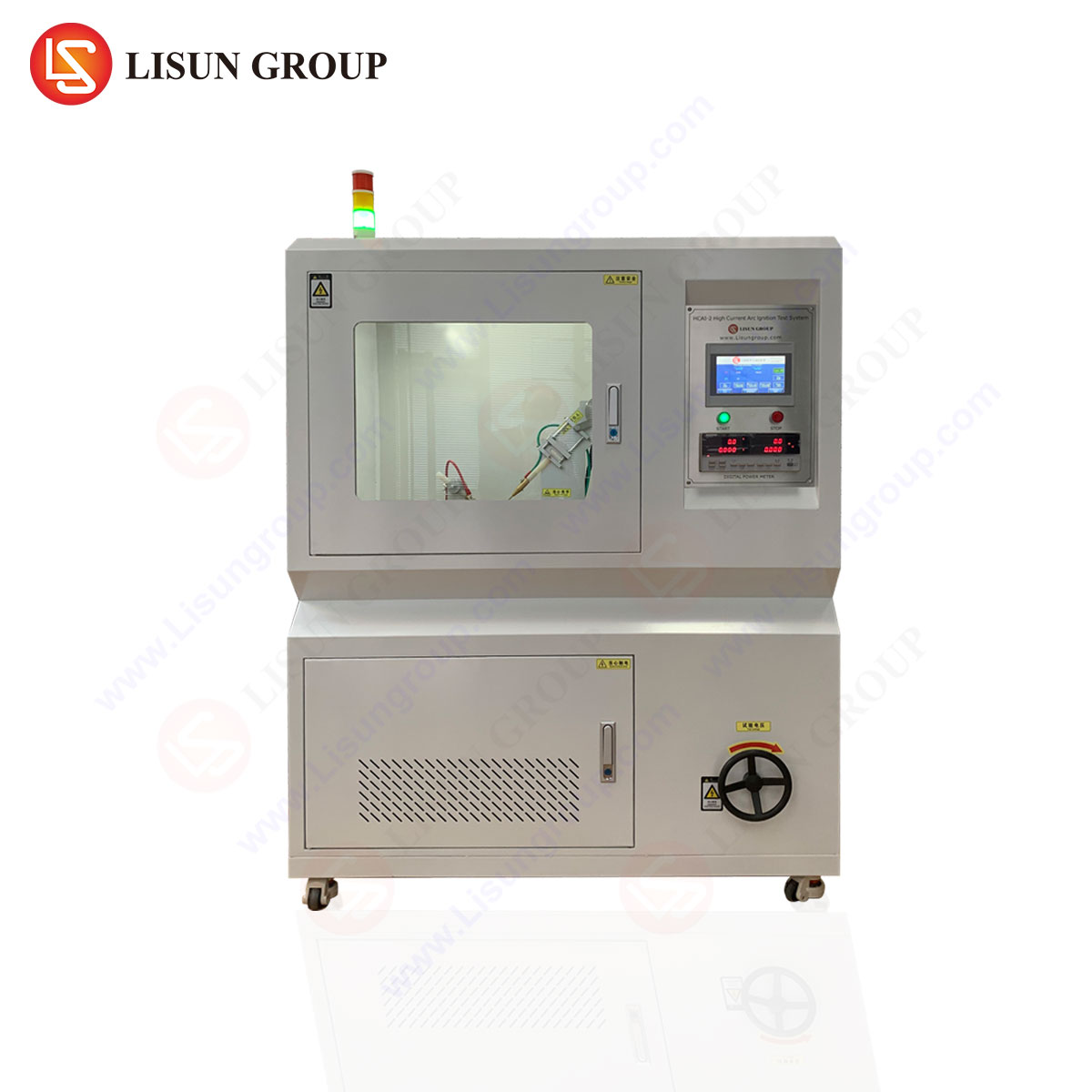The Role of IK Rating in Product Durability and Safety Compliance
The imperative to ensure the mechanical robustness of electrical enclosures, housing, and external components is a fundamental concern across numerous industrial and consumer sectors. Product integrity, user safety, and long-term operational reliability are directly contingent upon a device’s ability to withstand external impacts encountered during transportation, installation, and daily operation. The International Electrotechnical Commission (IEC) standard 62262, which delineates the IK code, provides a quantifiable and internationally recognized methodology for rating the degree of protection provided by enclosures against external mechanical impacts. This classification system is indispensable for manufacturers, engineers, and specifiers who require an objective metric to validate product durability, guide material selection, and ensure compliance with stringent industry regulations.
Foundational Principles of the IK Code Classification System
The IK rating system is an integral companion to the more widely known IP (Ingress Protection) code. While the IP code classifies protection against ingress of solid objects and liquids, the IK code specifically addresses protection against mechanical impacts. The rating itself consists of the letters “IK” followed by a two-digit number, ranging from IK00 to IK10. Each numerical designation corresponds to a specific impact energy, measured in joules (J), that the enclosure must withstand during standardized testing without sustaining damage that would compromise its intended protective function, such as cracking, fracturing, or deformation that exposes internal components.
The test parameters are rigorously defined. A calibrated spring-operated hammer, known as a pendulum impact tester, is employed to deliver a precise kinetic energy strike to the surface of the enclosure. The test apparatus, the number of impacts (typically five per test point), and the locations of impact are all stipulated by the standard. The IK ratings and their corresponding impact energies are as follows: IK00 (no protection), IK01 (0.14 J), IK02 (0.2 J), IK03 (0.35 J), IK04 (0.5 J), IK05 (0.7 J), IK06 (1 J), IK07 (2 J), IK08 (5 J), IK09 (10 J), and IK10 (20 J). This graduated scale allows for precise specification based on the anticipated environmental hazards a product will face.
Methodological Framework for Standardized Impact Testing
Achieving a specific IK rating necessitates adherence to a meticulous testing protocol. The enclosure is securely mounted to a rigid base to simulate its fixed operational state. The pendulum impact tester is then released from a predetermined height to strike the enclosure’s surface with a specified hammer head, which is chosen based on the impact energy level. The hammer heads are constructed from polyamide or steel, with their radii and masses defined for each energy level to ensure consistent force application.
Following the series of impacts, the enclosure undergoes a thorough inspection. The assessment criteria include visual examination for cracks, fractures, or permanent deformation exceeding permissible limits. Furthermore, for enclosures that also require a specific IP rating, the impact test is often followed by the relevant IP test (e.g., for dust or water ingress) to verify that the mechanical integrity, and thus the protective seal, remains intact. This sequential testing is critical for products deployed in harsh environments where mechanical shock and environmental exposure are concurrent threats.
The LISUN IK07-10VT Pendulum Impact Test Device
For laboratories and manufacturing quality assurance departments requiring precise and reliable verification of products rated between IK07 and IK10, the LISUN IK07-10VT Pendulum Impact Test Device represents a sophisticated solution. This instrument is engineered to conduct impact tests in full compliance with IEC 60068-2-75, IEC 62262, and other related standards such as GB/T 20138 and ISO 20653.
The IK07-10VT is designed to deliver impact energies of 2J (IK07), 5J (IK08), 10J (IK09), and 20J (IK10) with a high degree of accuracy and repeatability. Its core components include a rigid support structure, a pendulum arm with a calibrated release mechanism, and a set of interchangeable hammer heads, each machined to the exact mass and dimensions required for its respective energy level. The device features an adjustable sample platform, allowing for precise positioning of the test specimen to ensure impacts are delivered to the intended locations. A vernier scale and a release mechanism capable of being set at various angles facilitate the accurate calculation of potential energy, which is converted into the kinetic impact energy.
A key operational advantage of the IK07-10VT is its versatility. It can be configured with different hammer heads and pendulum lengths to cover the entire required energy spectrum. Its robust construction minimizes vibrational losses and ensures that the energy calculated from the release angle is effectively transferred to the test sample. This reliability is paramount for generating test data that is both valid and reproducible, forming a credible basis for product certification.
Industry-Specific Applications of High IK Ratings
The demand for high IK-rated components (IK07-IK10) is pronounced in industries where equipment is subject to significant mechanical stress, vandalism, or accidental abuse.
Industrial Control Systems and Automotive Electronics: Programmable Logic Controller (PLC) housings, industrial switchgear, and automotive electronic control units (ECUs) mounted in engine bays or undercarriages require ratings of IK08 to IK10. These ratings ensure they can withstand impacts from tools, kicked debris, and vibrations that could otherwise cause critical system failures.
Lighting Fixtures and Telecommunications Equipment: Public area lighting, streetlights, and industrial high-bay lights are frequently subjected to vandalism and accidental impacts from equipment. A rating of IK08 or IK09 is often a minimum requirement. Similarly, outdoor telecommunications cabinets and fiber optic terminal enclosures must be rated at least IK08 to protect sensitive electronics from malicious or accidental damage.
Electrical Components and Medical Devices: Industrial-grade switches, sockets, and circuit breaker enclosures in factories and workshops necessitate high IK ratings to prevent damage that could lead to electric shock or fire hazards. In medical environments, mobile diagnostic carts and equipment housings in emergency rooms may require IK07 or IK08 ratings to endure the rigors of daily use and transport without compromising the sterility or functionality of sensitive internal instruments.
Aerospace and Aviation Components: While weight is a primary concern, certain ground support equipment and internal avionic bay access panels must be rated for impact resistance to withstand handling during maintenance and potential contact with equipment in tight spaces.
Competitive Advantages of the IK07-10VT Testing System
The LISUN IK07-10VT system offers several distinct advantages that position it as a preferred tool for compliance testing. Its primary benefit is its comprehensive coverage of the critical mid-to-high range of the IK scale (2J to 20J) within a single, calibrated instrument. This eliminates the need for multiple devices, reducing capital expenditure and simplifying the laboratory setup.
The design emphasizes accuracy and user safety. The calibrated release mechanism and precision-machined hammer heads ensure the delivered impact energy is within the tight tolerances required by the standards, guaranteeing the validity of test results. Safety features, such as a secure mounting system and protective guarding, prevent operator injury during testing. Furthermore, the device’s construction from high-quality materials ensures long-term durability and minimal maintenance, providing an excellent return on investment for high-throughput testing facilities. Its compliance with multiple international standards makes it an ideal solution for manufacturers aiming to certify products for global markets.
Frequently Asked Questions (FAQ)
Q1: Can the LISUN IK07-10VT tester be used for products that require testing at energies below 2J (e.g., IK06)?
A1: No, the IK07-10VT is specifically designed and calibrated for the 2J to 20J range (IK07 to IK10). Testing for lower IK ratings (IK00 to IK06) requires a different pendulum impact tester designed for these lower energy levels, which typically feature different hammer masses and pendulum configurations.
Q2: How often does the pendulum impact tester require calibration to maintain accuracy?
A2: Calibration frequency is typically recommended on an annual basis or after a certain number of impact cycles, as specified by the manufacturer and in accordance with laboratory accreditation standards (e.g., ISO/IEC 17025). Regular functional checks should be performed before each testing session to ensure consistency.
Q3: For an enclosure that must be rated both IP54 and IK09, in what sequence should the tests be performed?
A3: The mechanical impact test (IK) should be performed before the ingress protection (IP) tests. The rationale is that the impact test may cause micro-fractures or deformations that could compromise the seal of the enclosure. By performing the IP test afterward, you are verifying that the enclosure maintains its specified level of protection against dust and water even after being subjected to the mechanical impact.
Q4: Does the standard specify the material of the test sample?
A4: No, the IEC 62262 standard specifies the test method and the energy levels. It is agnostic to the material of the enclosure. The same test applies whether the enclosure is made of polycarbonate, aluminum, steel, or a composite material. The outcome of the test will determine if the material and design are sufficient for the desired IK rating.
Q5: What is the significance of the hammer head’s material and radius?
A5: The material (polyamide for lower energies, steel for higher energies) and radius are critical for defining the pressure and contact area of the impact. This ensures that the test is not just about energy but also about the manner in which that energy is transferred to the enclosure surface. A smaller radius concentrates the force, simulating a more severe point impact, which is accounted for in the standard’s specifications for each energy level.


